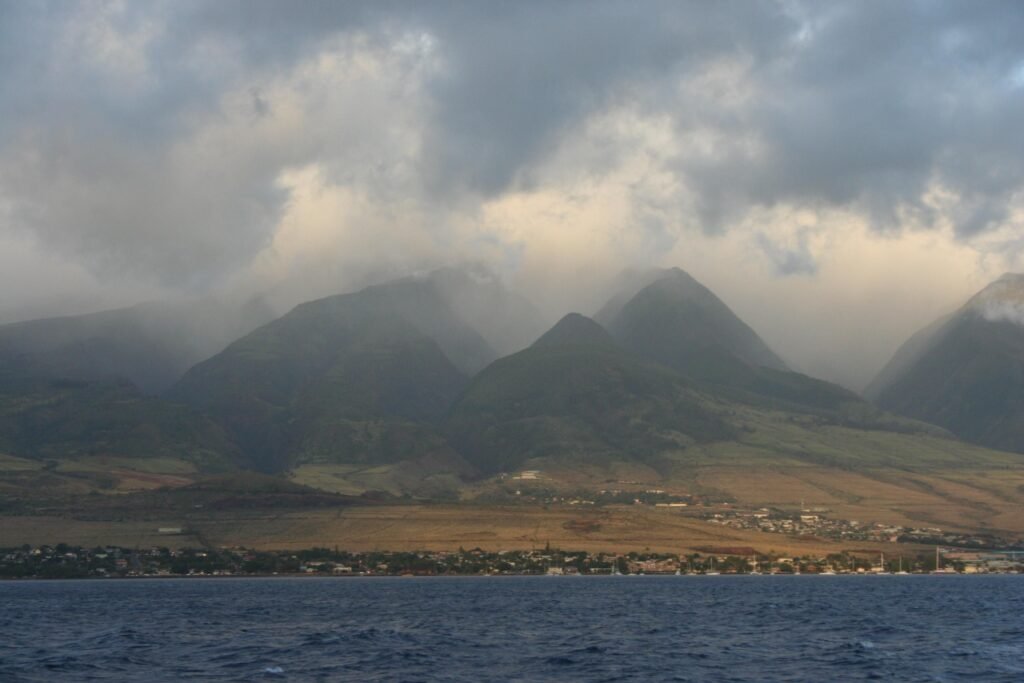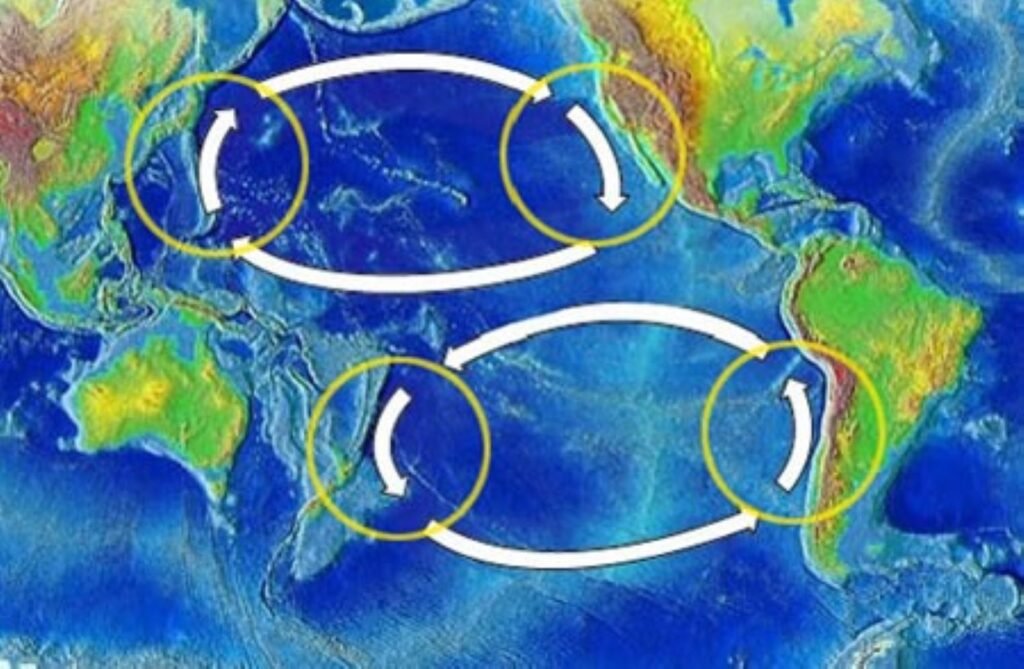Hawaii is one of the most unique weather destinations on Earth, not just because of its tropical paradise setting. The islands host weather phenomena that you simply can’t find anywhere else on the planet, creating experiences that range from breathtaking to downright mysterious. While most people know about Hawaii’s warm beaches and gentle breezes, the real weather magic happens when you dig deeper into what makes these islands meteorologically special.
Vog: Hawaii’s Volcanic Smog Creates Unique Air Pollution
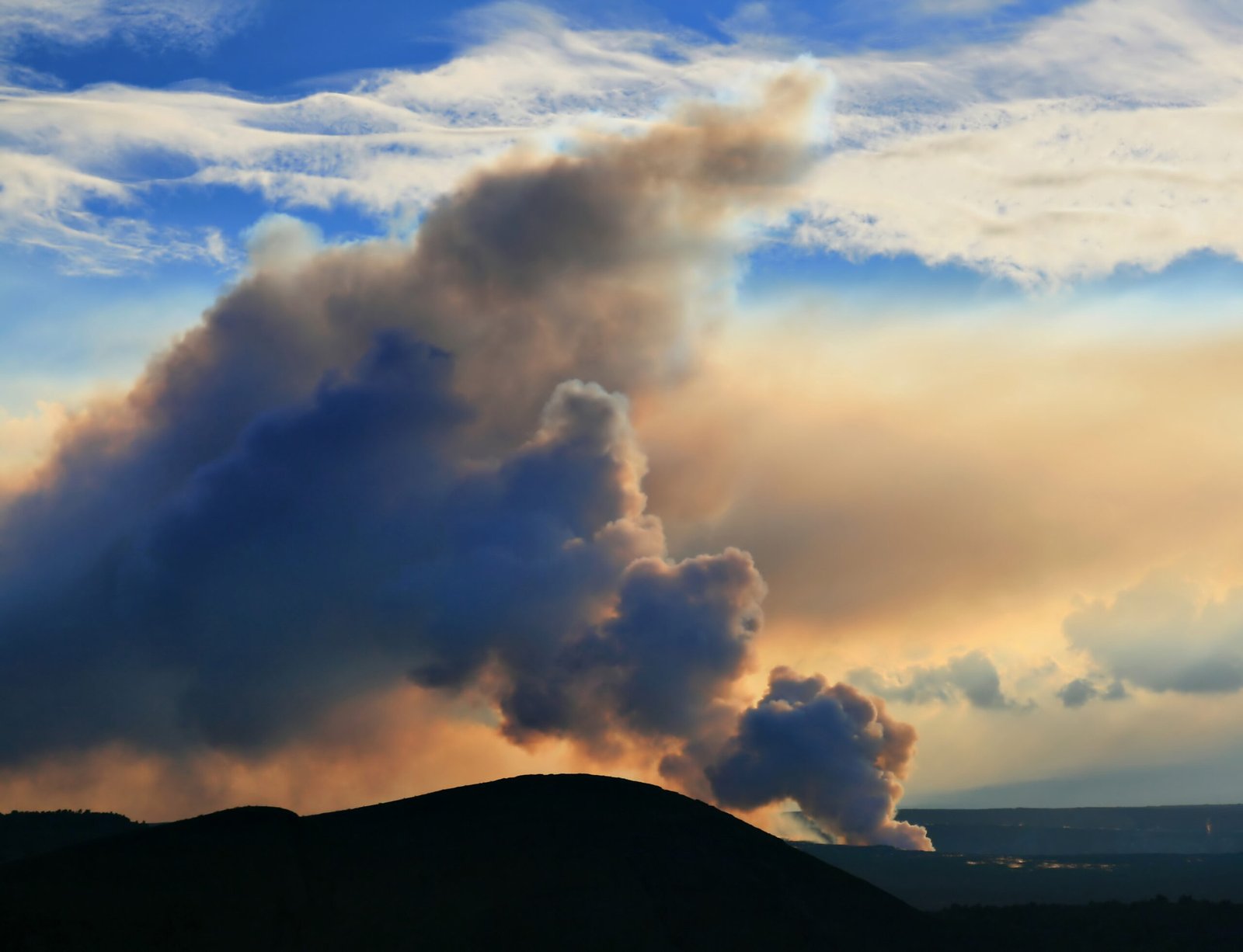
Picture this: you wake up in Hawaii expecting crystal clear skies, but instead see a mysterious gray haze hanging over the landscape. Welcome to vog, short for volcanic smog, one of Hawaii’s most distinctive weather phenomena. Vog is actually “volcanic smog.” It is a form of air pollution caused by volcanic activity. Unlike regular smog from cars and factories, vog has an entirely different origin story.
It forms when sulfur dioxide (SO₂) and other volcanic gases react chemically with atmospheric moisture, oxygen, sunlight, and dust. The result is a visible haze composed of gas and aerosols, including sulfuric acid and sulfate compounds. When Kīlauea is erupting (as was the case from 1983–2018), areas to the southwest of the volcano are most frequently affected by vog. Under trade wind conditions, vog travels around the southern part of the island, and along the Kona coast, where it becomes trapped by daytime onshore and nighttime offshore sea breezes.
Rainbow State Magic: Why Hawaii Has the Most Frequent Rainbows
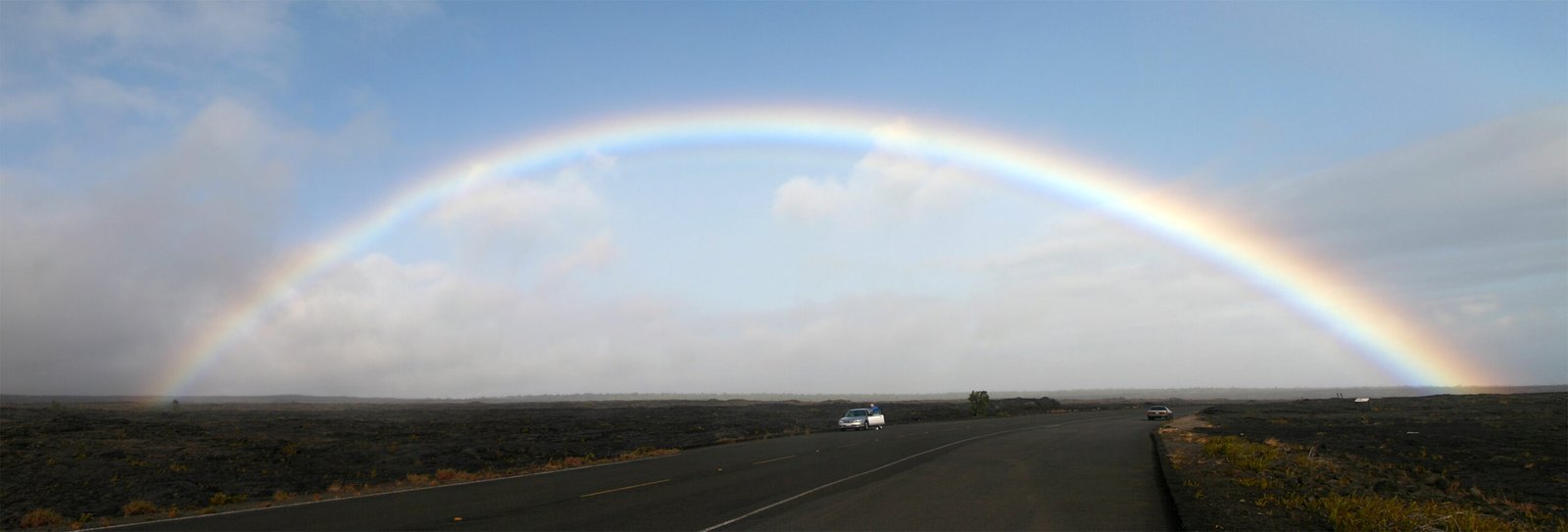
Hawaii is known for its frequent and vibrant rainbows, resulting from the islands’ location, climate, and topography. But there’s a scientific reason why Hawaii earned the nickname “The Rainbow State.” Rainbows form when sunlight interacts with water droplets in the atmosphere, creating a spectrum of colors. What makes Hawaii special is the perfect storm of conditions that create these optical masterpieces almost daily.
The secret lies in Hawaii’s unique weather pattern combination. This is caused mainly by orographic or mountain rains, which form within the moist trade wind air as it moves from the sea over the steep and high terrain of the islands. This constant cycle of sunshine breaking through rain showers creates ideal rainbow conditions. A rainbow forms over the big island of Hawai’i after a rain storm passes through. The frequent afternoon showers followed by immediate sunshine make rainbow sightings almost guaranteed rather than rare treats.
Trade Wind Phenomena: The Constant Cooling System
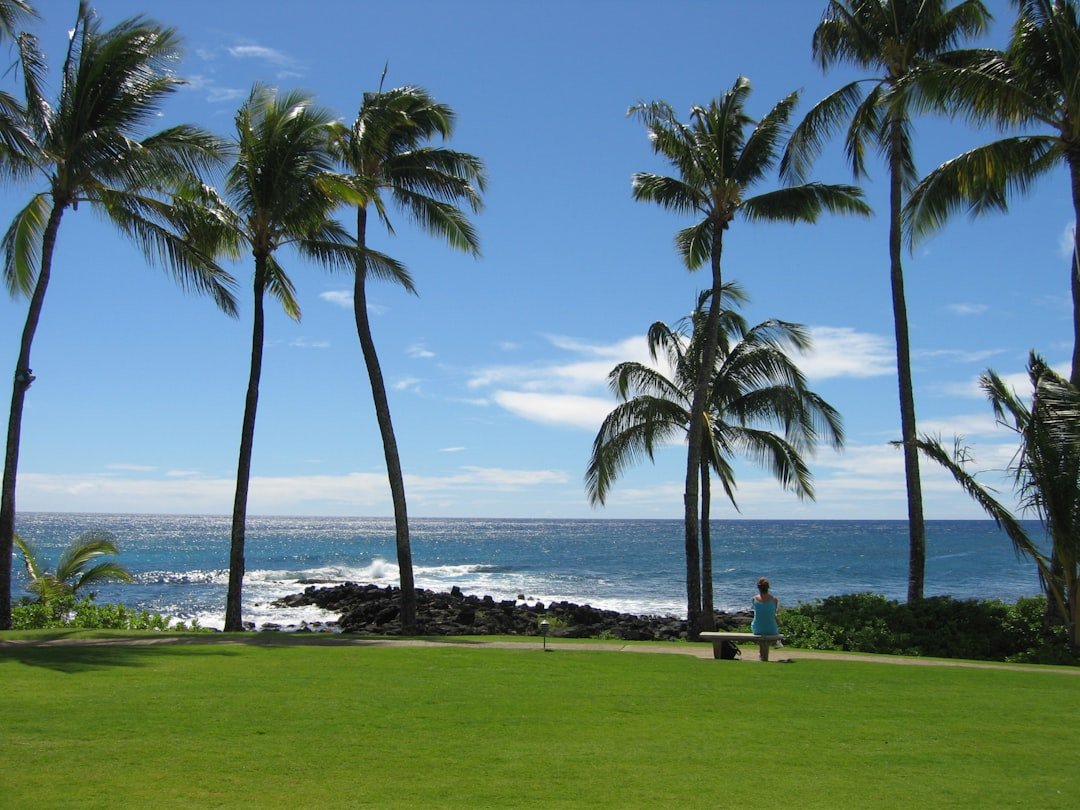
Most places on Earth don’t have a built-in air conditioning system, but Hawaii does. The air from it moves past the islands as northeasterly trade winds. Therefore, in winter, the trade winds may be interrupted for days or weeks by the invasion of the fronts or migratory cyclones from the northern latitudes and by Kona storms forming near the islands. These aren’t just any winds; they’re a complex meteorological system that shapes nearly every aspect of Hawaiian weather.
This brings trade winds during the period of May through September, when they are prevalent 80 to 95 percent of the time. Think of trade winds as Hawaii’s natural thermostat and humidity control system rolled into one. The Hawaiian Islands’ trade winds mean there is almost always a cooling breeze here. But here’s where it gets interesting: Several times during the year the trade winds will stop completely, and the wind will switch around to come out of the south or west, bringing stormy or hot, sticky weather. Islanders sometimes call this kona weather, because kona means leeward or south, and this points to the direction from which these weather systems arrive.
Extreme Microclimates: Desert to Rainforest in Minutes
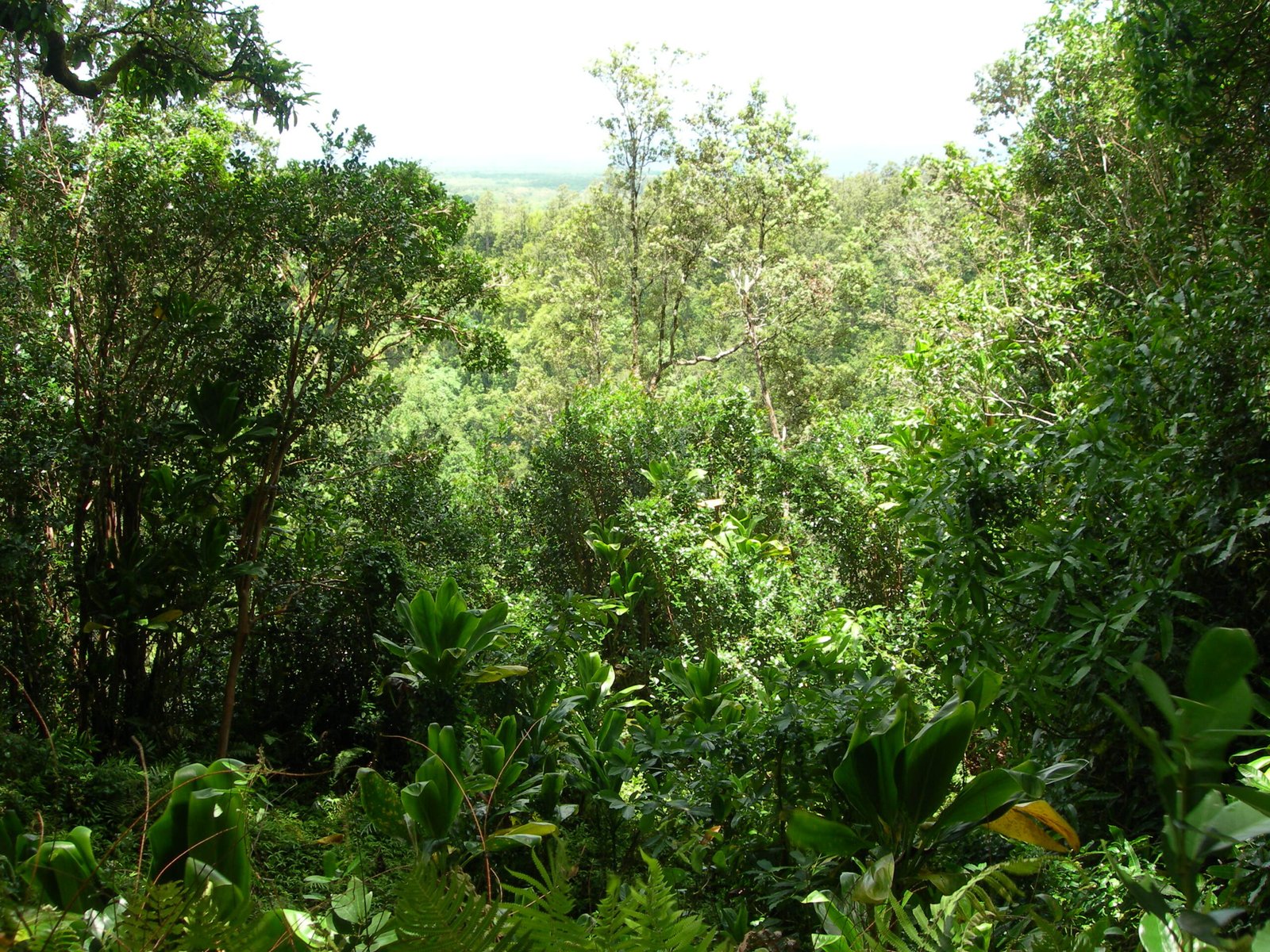
Imagine driving for just twenty minutes and experiencing three completely different climates. That’s Hawaii for you. The idea has become a soundbite across the visitor industry, frequently quoted, often misunderstood, and ultimately cool. The island of Hawaiʻi for example hosts four (out of five in total) climate groups on a surface as small as 4,028 square miles (10,430 km2) according to the Köppen climate types: tropical, arid, temperate and polar. When counting also the Köppen sub-categories – notably including the very rare cold-summer mediterranean climate – the island of Hawaiʻi hosts 10 (out of 14 in total) climate zones.
This isn’t just a cool factoid; it’s a mind-bending reality that affects daily life. As a result of the shielding effect of volcanic mountains and the differences in weather at various elevations, you can find tropical rainforests, cool alpine regions, arid deserts and sunny beaches – all within the span of just a few miles The practical impact is incredible: you could literally pack shorts and a winter jacket for the same day trip, and you’d need both. The best thing about Hawaii’s weather is that it is very localized. You may be driving along the island and be in a rainstorm one minute and in bright sun the next.
Orographic Rainfall: Mountains Creating Weather
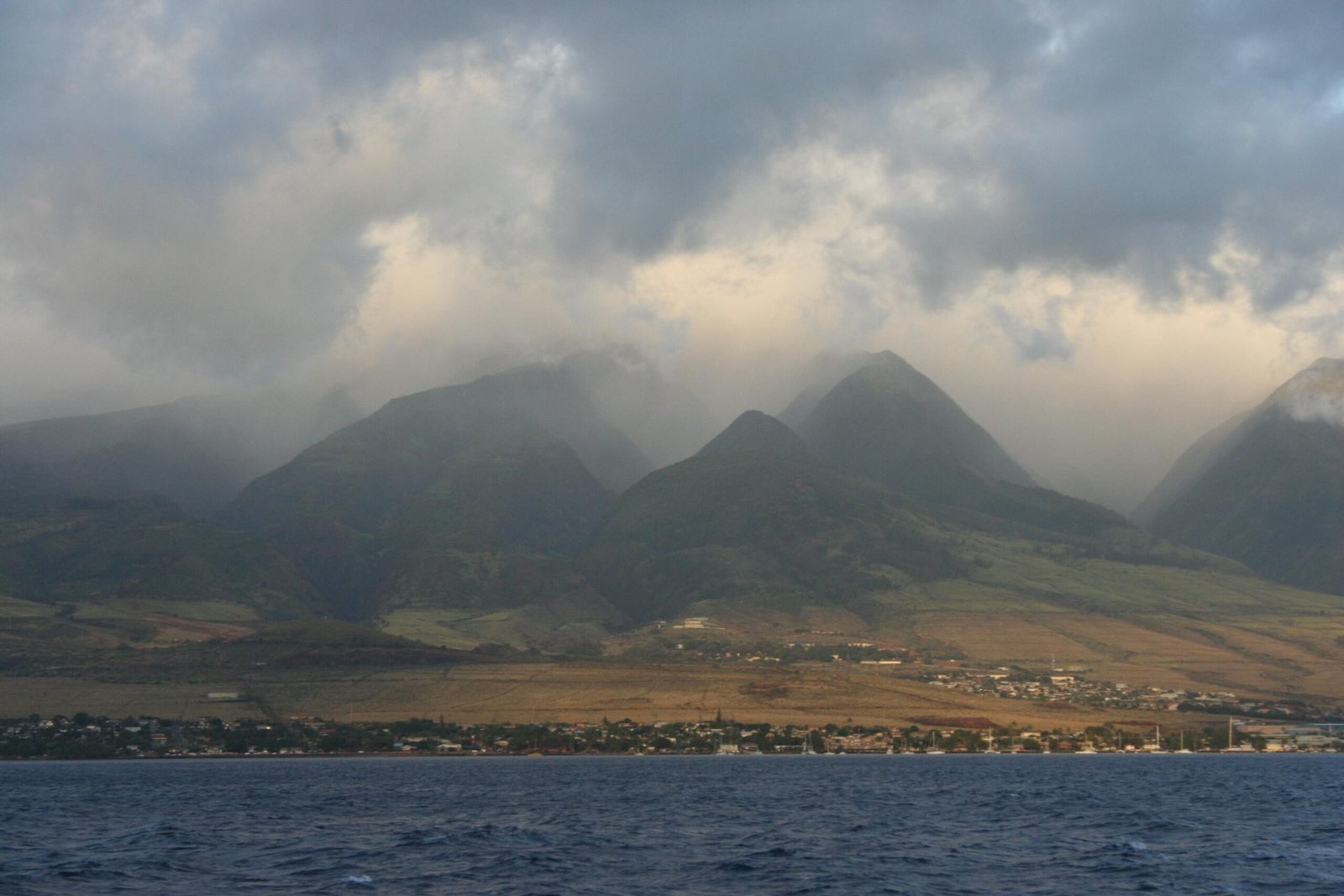
Hawaii’s mountains don’t just provide stunning backdrops; they’re actually weather-making machines. Most of the rain in Hawaiʻi is caused by winds interacting with the mountains. As the trade winds contact the windward mountains, air is forced upward. Rising air cools because of colder temperatures in the upper atmosphere. This process creates some of the most dramatic rainfall variations on the planet.
As the air cools, water vapor in the air condenses on small particles called condensation nuclei to form clouds, water droplets, and rain. The result is staggering: The dryest location in Hawaiʻi is the summit of Mauna Kea, Hawaiʻi Island, which gets less than 10 inches of rain per year. On the other hand, the windward slope of Haleakalā, Maui, gets more than 400 inches of rain each year. That’s a difference of nearly forty times more rainfall in some areas compared to others, all on the same small island. Once the water is released from the air, there is less water to fall on the other side of the mountain, or leeward side.
Temperature Inversion Layer: Hawaii’s Weather Ceiling
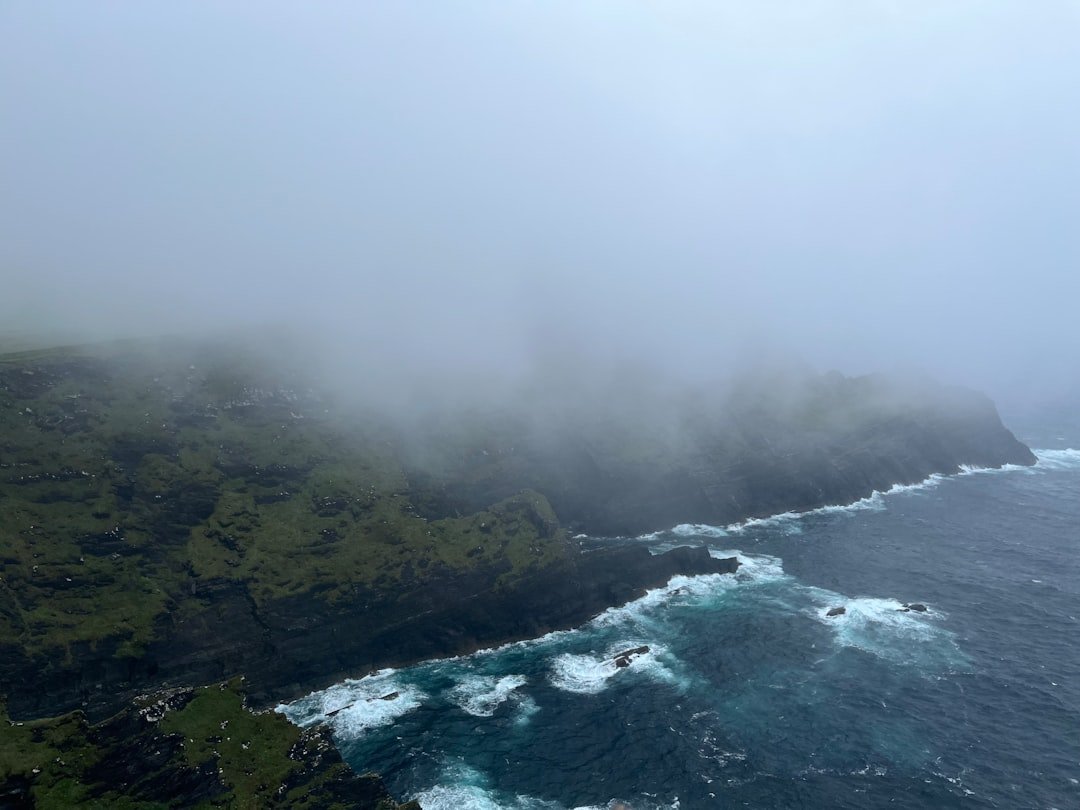
One of Hawaii’s most unusual weather features is invisible to most visitors but shapes everything they experience. Under trade wind conditions, there is very often a pronounced moisture discontinuity between 4,000 and 8,000 feet (1,200 and 2,400 m). Below these heights, the air is moist; above, it is dry. The break (a large-scale feature of the Pacific High) is caused by a temperature inversion embedded in the moving trade wind air. Think of it as Hawaii’s atmospheric lid.
The inversion tends to suppress the vertical movement of air and so restricts cloud development to the zone just below the inversion. This creates the classic Hawaiian postcard look with puffy white clouds sitting at mid-mountain levels. Most vog generated by Kīlauea stays below 6,000–8,000 feet above sea level, the usual height of the trade wind inversion. This layer of the atmosphere increases in temperature with altitude, inhibiting the rise of cooler, vog-laden air. It’s like having a natural weather boundary that keeps different atmospheric conditions separated in distinct layers.
Snow in Paradise: High-Altitude Winter Weather
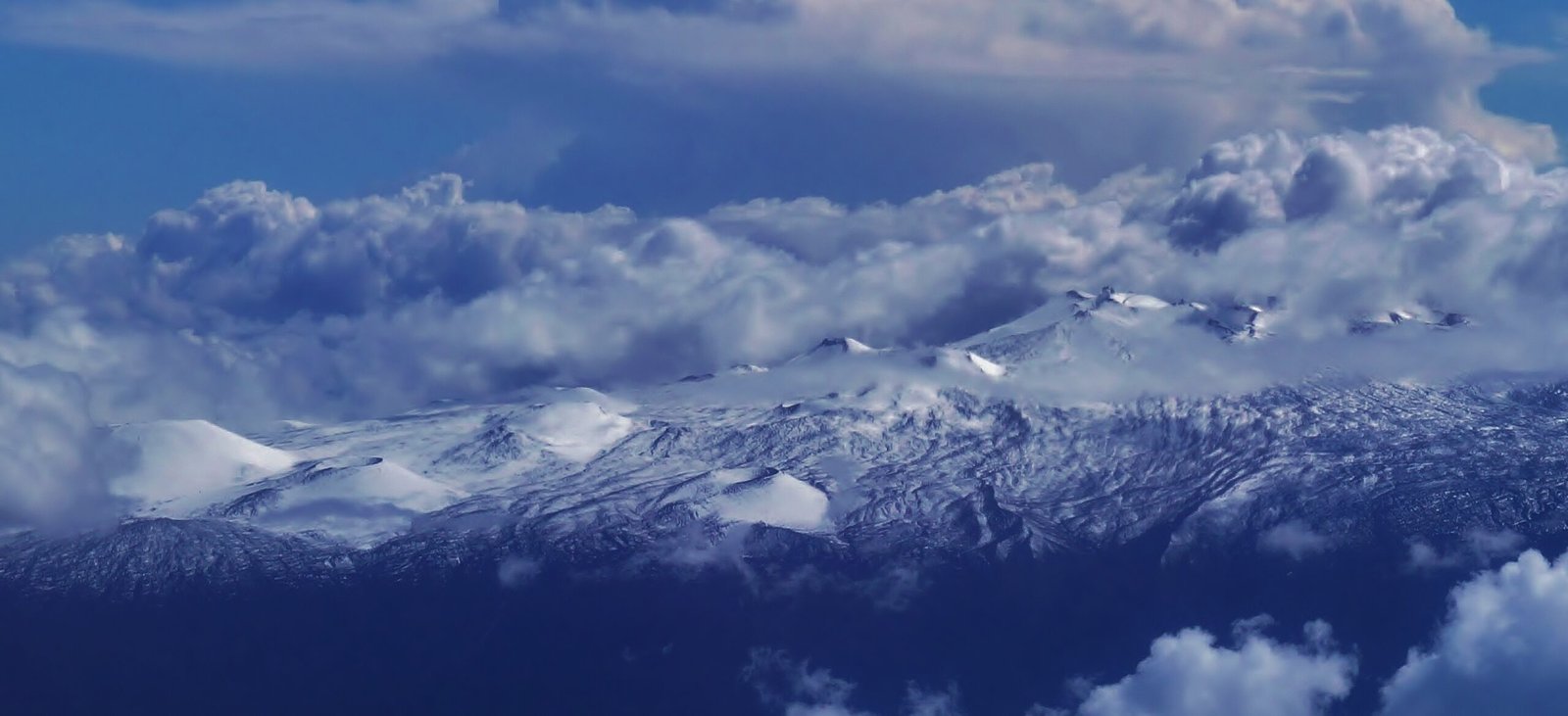
Here’s something that breaks most people’s brains: it snows in Hawaii. Yes, really. However, Hawaii’s tallest peaks do get their share of winter blizzards, ice, and snow. The highest temperature ever recorded in Hawaii was 100 at Pahala (elevation 870 feet) on the Big Island of Hawaii on April 27, 1931. The lowest ever recorded was 12 on Mauna Kea (elevation 13,803 feet), also on the Big Island, on May 17, 1979. That’s an 88-degree temperature difference within the same state.
The snow isn’t just a rare fluke, either. To prepare for the trip, bring long pants and several layers of cool weather clothing because the temperature in the higher locations drops 3.5 degrees for every 1,000 feet above sea level that you climb. For example, the summit of Haleakala at an elevation of 10,023 feet can be as much as 30 degrees F. cooler than resort areas on the coast. The summit of Maunakea, the world’s tallest mountain, is also in the Periglacial Zone. Adventurers who can handle the altitude and cold winds step into two worlds: one, the high-tech astronomy community with its 13 international telescopes, another the ancient wahi pana, sacred place. You can literally surf and ski in the same day in Hawaii, though the skiing requires some serious planning and cold-weather gear.
Conclusion
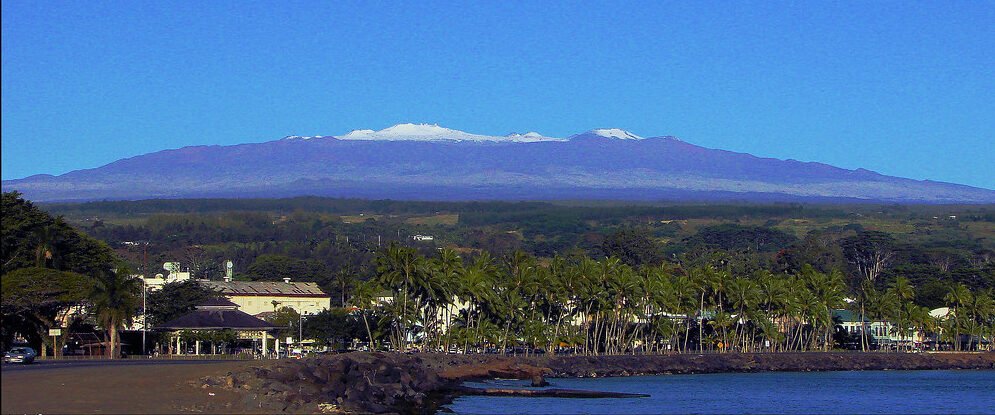
Hawaii’s weather phenomena prove that paradise is far more complex and fascinating than most people realize. From vog creating unique air pollution patterns to snow falling on tropical mountain peaks, these islands host weather systems that exist nowhere else on Earth. The interplay between volcanic activity, ocean currents, trade winds, and dramatic elevation changes creates a meteorological wonderland that continues to surprise even longtime residents.
These seven weather phenomena remind us that Hawaii isn’t just a beach destination – it’s a living laboratory where nature experiments with some of the most unusual atmospheric conditions on the planet. Whether you’re watching rainbows form almost daily or experiencing four different climate zones in a single afternoon drive, Hawaii’s weather tells a story of uniqueness that goes far beyond the typical tropical paradise narrative.
What surprises you most about Hawaii’s hidden weather secrets?

Jan loves Wildlife and Animals and is one of the founders of Animals Around The Globe. He holds an MSc in Finance & Economics and is a passionate PADI Open Water Diver. His favorite animals are Mountain Gorillas, Tigers, and Great White Sharks. He lived in South Africa, Germany, the USA, Ireland, Italy, China, and Australia. Before AATG, Jan worked for Google, Axel Springer, BMW and others.

